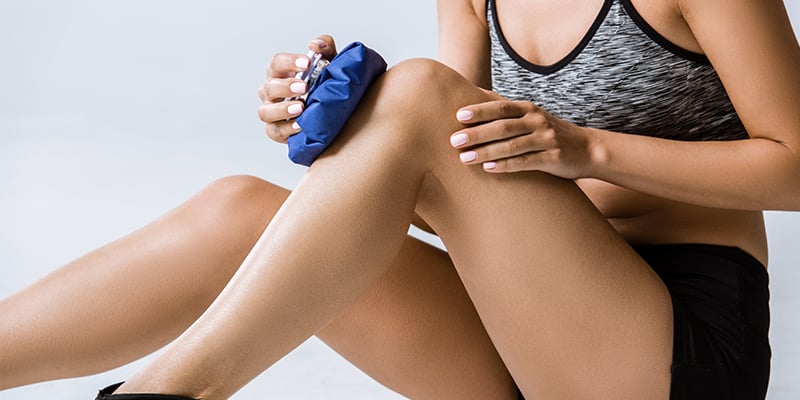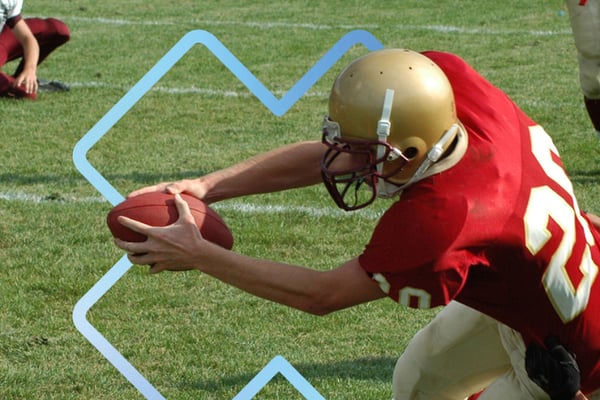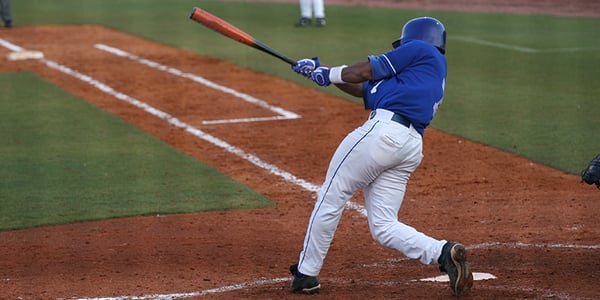
What the science says
For decades, medical science has suggested that we apply ice as soon as we feel pain. This habit is so deeply ingrained that the minute we sprain our ankle or slam our finger in a door, we all rush for the freezer. So, are ice and anti-inflammatories good or bad when it comes to treating an injury?
Does the science really support their use?
An article by renowned physiotherapy Bahram Jam reviews the latest scientific evidence on this subject. To consult the full article, visit https://www.aptei.ca/wp-content/uploads/ICE-Paper-2014.pdf .
In summary, Dr. Jam recommends basing our reflection on the benefits of ice and anti-inflammatories (NSAIDs) on the biological model of science.
It’s important to understand that:
- The human body has evolved over thousands of years, during which it has developed a natural tissue repair system: inflammation.
- Acute pain (after an injury) is a positive sign that our body sends us to avoid further injury.
The current studies:
- Provide weak evidence of prolonged relief and tissue healing with anti-inflammatories and ice.
- Demonstrate a significant decrease in the speed and quality of tissue healing (study on rats: Takagi 2011).
- Suggest that ice decreases lymphatic pumping and increases the medium-term maintenance of swelling (Bleakely, et al., 2012).
In relation to this article, other evidence suggests that:
- Post-operative pain needs to be relieved. Severe pain following surgery increases the risk of developing chronic pain.
Remember!
After an acute non-surgical injury:
- Provided the pain is bearable and the swelling isn’t affecting your circulation, ice and NSAIDs may actually interfere with the speed of tissue healing.
- If your pain is so bad that it’s preventing you from functioning, then the functional gains achieved by pain relief measures could be better than putting up with it. The saying “no pain, no gain” DOES NOT HOLD.
If you have any questions about when to apply ice or heat, speak to one of our physiotherapists!
Sources:
Bleakley CM, Costello JT, Glasgow PD. “Should athletes return to sport after applying ice? A systematic review of the effect of local cooling on functional performance.” Sports Med. Jan. 1, 2012; 42(1):69-87.
Takagi, R, et al. “Influence of Icing on Muscle Regeneration After Crush Injury to Skeletal Muscles in Rats.” J. Appl. Phys. Feb. 1, 2011; 110(2): 382-388.
Need to talk to a professional?
Other articles that might interest you...

Super Bowl: Common Injuries in American Football
The Super Bowl is just around the corner! If you're a fan of American football, you know how...

Preventing wrist injuries in snowboarding: Tips and exercises
In collaboration with Oberson. In snowboarding, wrist injuries account for more than 22% of...

How to Prevent the Most Common Baseball Injuries?
This article was written in partnership with the Quebec Major Baseball League (Ligue de Baseball...
 Home
Home